I’ve always loved reading—as a kid and as an adult. I also want my students to develop a love of reading, and if you’re reading this post, you must feel the same way!
Unfortunately, not all our students love reading when they enter our classrooms. Maybe they’ve struggled with reading in the past. Maybe reading isn’t valued at home. Or maybe they just haven’t gotten hooked on a good book yet!
Whatever the case may be, I try hard to create a classroom environment that celebrates reading and supports reading engagement. In today’s post, I share 5 strategies I use to create this atmosphere. I’m guessing that you probably use some of these strategies already, but I hope you’ll find at least one good reminder or inspiration!
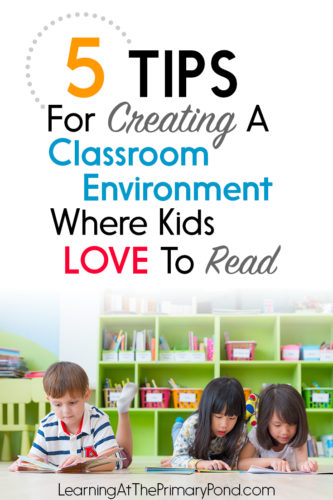 Photo Credit: weedezign, Shutterstock
Photo Credit: weedezign, Shutterstock
#1: Watch your language.
The words we use to talk about reading are SO powerful! I think the best way to explain this is to give some examples of things I say to my students:
- “What do you love to read about?”
- “I thought it was so interesting how the author…”
- “I think you’ll love this book because…”
- “What book in your bag/bin are you most excited about?”
- “I can tell you really enjoyed that book.”
- “Reading that book really helped you learn about _____, didn’t it?”
- “Last night before bed, I was reading…”
#2: Get them talking about their reading!
I’m in a book club, and I LOVE it! It motivates me to read and try new books. Most kids love it when we make reading a more “social” activity! Here are a few ideas to try:
- If your students’ nightly homework is reading, have them chat with a partner about what they read (i.e. during your morning meeting)
- Incorporate partner reading into your reading workshop, literacy centers, or Daily 5 time
- Have students recommend books to each other (you can make little postcards available, students can write book reviews or letters, or even just hand each other books to read)
#3: Let them choose books.
My students don’t get to choose every book that they read; for example, in guided reading, I’m the one choosing the texts. But when they’re reading on their own, I do want to give them a choice. Choice is so motivating!
At the same time, letting kids choose their own books can cause some issues. I’ve had students who consistently chose books that were way too difficult for them to read independently. They just sat there, pretend-reading, during independent reading time.
So here’s how I’ve dealt with this issue: I give each student a book bag for keeping his/her books. When the kids go to the classroom library, they know that they can choose half of their books from anywhere, and half of their books have to come from a color-coded bin. The color-coded bins correspond to their guided reading groups, and in each bin, I place familiar texts or texts that I know will be easy for them to read. This way, even if students choose some way-too-hard or way-too-easy books, half of their books should still be at their independent reading level.

On top of that, we regularly discuss choosing “good fit” books. I talk about how it’s much more fun to read a book that’s a good fit.
One other thing—if you feel like students aren’t enjoying the books in your classroom library, see if you can incorporate additional types of texts. Try comic books or kids’ magazines. Search for books at yard sales, create a DonorsChoose project, or ask your principal for funds to purchase books.
#4: Incorporate novelty.
The human brain LOVES novelty! My kids’ interest is immediately piqued when I mention that something is “new.” Here are some ideas for incorporating novelty into reading:
- Don’t put all your books in the library at once. Rotate in new books periodically.
- Display books attractively, and rotate the displays. Try a rotating shelf (like you might see in a bookstore or library).
- Check out books from the school or local library and make them available for students to read. I usually get a bag of “special” books each month. During independent reading time, I draw names and allow students to borrow books from the bag. Students can return them at the end of independent reading, so I don’t worry about losing them.
#5: Focus on intrinsic (rather than extrinsic) rewards.
I’m not completely opposed to incentivized reading programs that give rewards (like food, or free tickets to something) for reading. Once in a while, I think that they can motivate a child to read more…and in doing so, the child learns that he loves reading!
That said, I’m still not a big fan. In my classroom, I don’t provide extrinsic rewards for reading. If there’s something that’s going on school-wide, I have students handle it at home, and I don’t make a big deal of it.
I’d much rather send the message that…
- Reading is fun
- Reading is interesting
- Reading can help us learn about people and things we never see in our everyday lives
So I avoid saying, “If you read x, then you get y.” Being able to read is the reward!
The Big Picture
I wish I could say that ALL my students ALWAYS leave my classroom with a deep love of reading. That’s not the case.
I will say, though, that very few of my students leave saying “I don’t like reading.” I think this is the case because I make it my mission to help them find books that interest and engage them.
So are all of your students going to fall completely in love with reading? Maybe not. But I think we can at least get them to be engaged readers, and that will set them up for success in their future school years.
Do you have any tips for fostering a love of reading? I’d love to hear them in the comments.
Happy teaching!


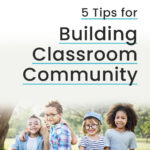
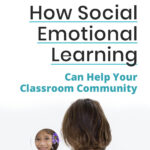
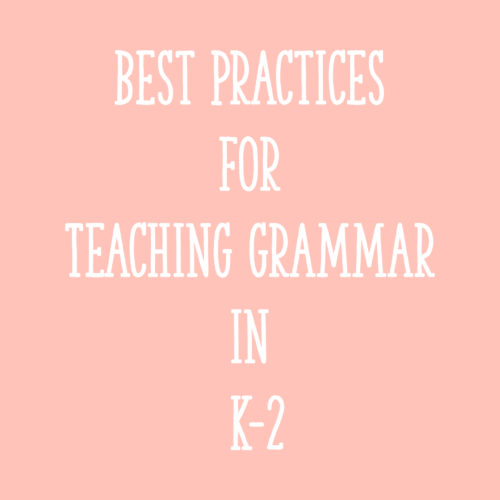
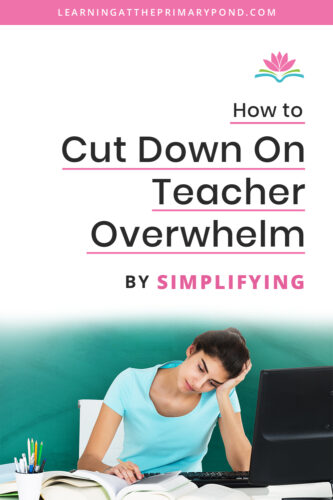
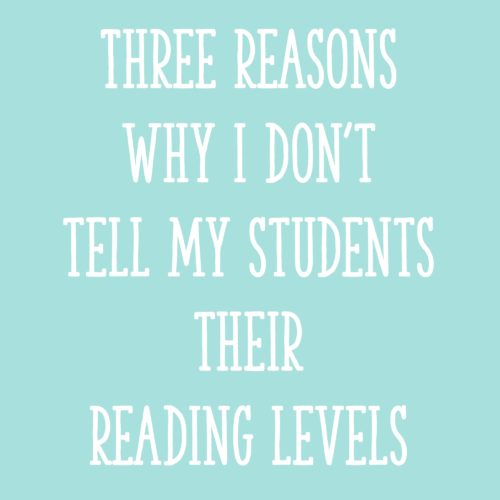






Morning! Where did you find the magnetic lunch trays that you had on your IG story? They are awesome and would love to buy them!
Hi Barb! I got them on Amazon! 🙂 https://www.amazon.com/gp/product/B078K5G99N/ref=oh_aui_search_asin_title?ie=UTF8&psc=1
Alison
What would you suggest for students who aren’t independent readers yet such as Level A?
Hi Elle! I encourage pretend-reading reading, making up stories, “reading the pictures,” etc. Here are some additional posts that might be helpful to you!
https://learningattheprimarypond.com/blog/how-to-build-reading-confidence-in-pre-readers-mush-mush-readers/
https://learningattheprimarypond.com/blog/what-does-a-pre-a-guided-reading-lesson-look-like/
Alison
❤️
I love the book club discussion with what they read for homework. Sharing with each other is a win win. I also like the half and half books. Thank you for your suggestions!
You’re so welcome – I’m glad it was helpful! Thanks for reading!